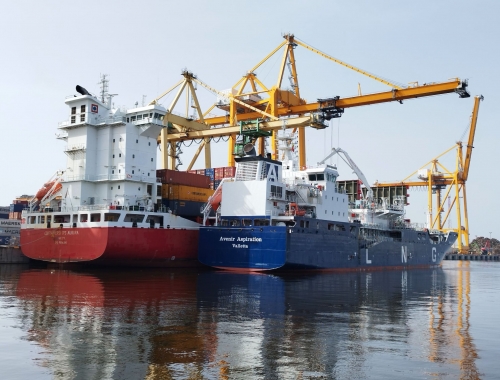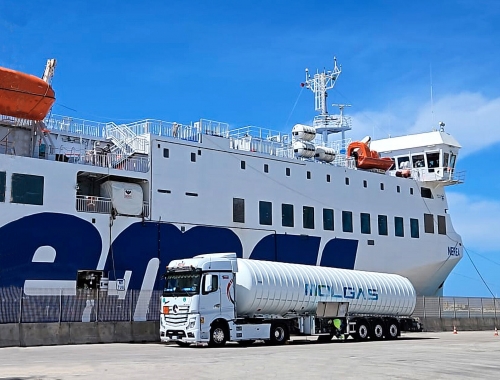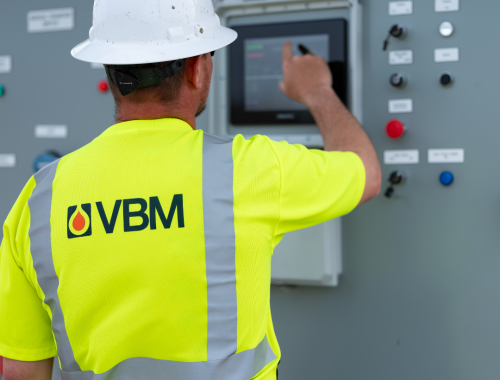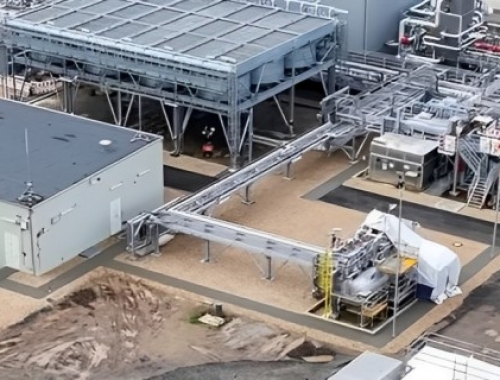Cepsa, Fertiberia form alliance to boost green hydrogen in Huelva
SUMMARY
They will decarbonise their production processes by developing a renewable hydrogen plant in Huelva using green energy and other renewable gases. [Image: Cepsa/Fertiberia]
By Shardul SharmaPOSTED IN:
Cepsa and Fertiberia, two of Spain's largest hydrogen consumers, have reached an agreement to decarbonise their production processes by developing a renewable hydrogen plant in Huelva using green energy and other renewable gases, the companies said on February 22.
The companies have become strategic partners in the project to develop 1 GW of electrolysis capacity in Palos de la Frontera as part of the Andalusian Green Hydrogen Valley. This valley will have a 2 GW capacity—1 GW in Campo de Gibraltar (Cádiz) and another in Palos de la Frontera (Huelva)—and production of up to 300,000 metric tons in Cepsa's Energy Parks.
The agreement will meet the hydrogen and biogenic CO2 needs of both companies’ facilities in the industrial fabric of Palos de la Frontera (Huelva). Green hydrogen production will begin in 2026, and it will be used for Cepsa's and Fertiberia's own industrial consumption while enabling the manufacture of advanced biofuels, ammonia, AdBlue and sustainable crop nutrition solutions.
The alliance will allow a circular hydrogen and oxygen economy to be developed in Huelva.
“The construction of this infrastructure will be a pioneering engineering project, connecting hydrogen producers with consumers to ensure a more sustainable, efficient and competitive energy supply. It will take advantage of synergies between all nearby industries while guaranteeing their secure supply,” the companies said.








